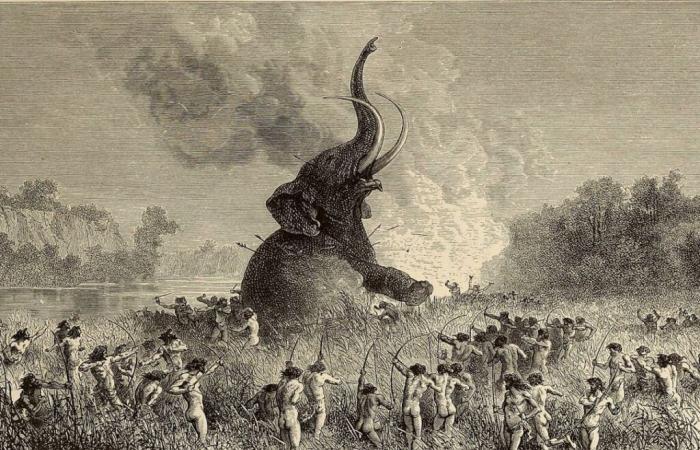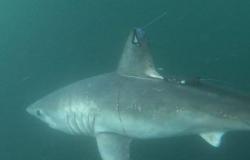From the Clovis culture we mainly know sharp points that are presumed to have equipped spears to hunt prehistoric animals. But is attacking a gigantic animal with simple spears really effective? A team of American researchers proposes another hunting technique, which is particularly formidable.
They are called “the Clovis”: they are the groups of hunter-gatherers who lived on the American continent 13,000 years ago and whose first characteristic remains – sharpened points – were found near the town of Clovis, New Mexico (United States). Archaeologists have speculated a lot about the nature and how these points were used: were they weapons, were they used for hunting prehistoric animals, or were they just cutting tools?
A study published in the journal PLoS ONE by archaeologists and anthropologists at the University of California, Berkeley, proposes an alternative inspired by megafauna hunting practices attested in history and in many ethnic groups on several continents: the Clovis points could have equipped pikes on which the animals of the Ice Age would have impaled themselves at the time of the charge. The idea is interesting, but as the authors acknowledge, archaeological evidence is still lacking to really support it.
Did early Americans hunt megafauna differently than previously thought?
Since their first discovery in 1929, Clovis points have been found by the thousands all over the North American continent, some even inside mammoth skeletons. They cover a period of activity of only a few centuries at the end of the Pleistocene, between 11,050 and 10,650 BCE, and correspond to the time when human groups were confronted with gigantic animals: mammoths, bison, elephants, bears, sabre-toothed tigers, etc.
Carved from rocks such as chert, flint or jasper, these are bifaces with a fluted base and serrated edges, which are particularly sharp. American archaeologists are fascinated by these points, which are supposed to “tell” the story of how the Clovis coexisted with the American megafauna, but despite their proliferation, no consensus has been reached. […]
- sciencesetavenir.fr






